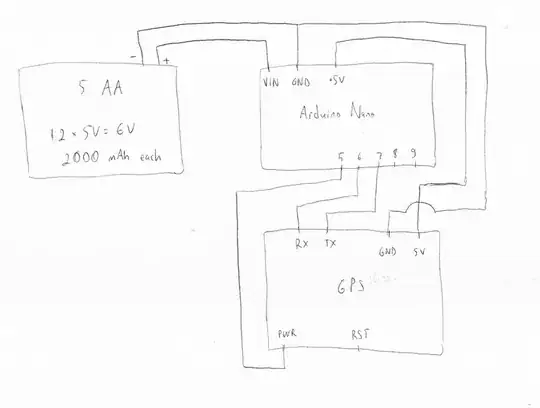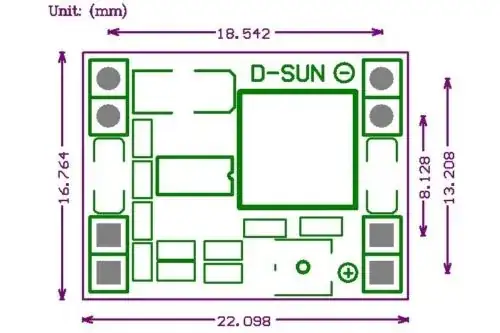I'm more of a software guy, so I need your help to figure out the power issue with my Arduino.
What I would like to do is using a GSM/GPS unit (Ai-Thinker A7) with Arduino Nano as a car tracking system. I have USB cables in the car, so I can plug it into my Arduino and power both while I'm driving. To power the unit while I'm not driving, I thought using rechargeable batteries would be a good idea. I'm planning to use GPS via SMS activation, so I hope fully charged batteries will be enough to power it for at least a week. But I'm confused about a couple of things.
Rechargable batteries are 1.2V. So technically I can use 5 of them and power my Arduino and the GPS unit (which requires 5V), right? However, for a similar unit at Adafruit they say that a LiPo battery is a must. Well, I think it is because GPS unit draws more power while using GPS and stuff. So, in this case are AA batteries out of the question? Will I fry anything if I build the system as follows?
If AA batteries happen to be fine, do I need another piece in my design, such as this one?
At last, I have no idea if I need any diode, capacitor, resistance or sth else for this system. I would appreciate further comments about my design.


